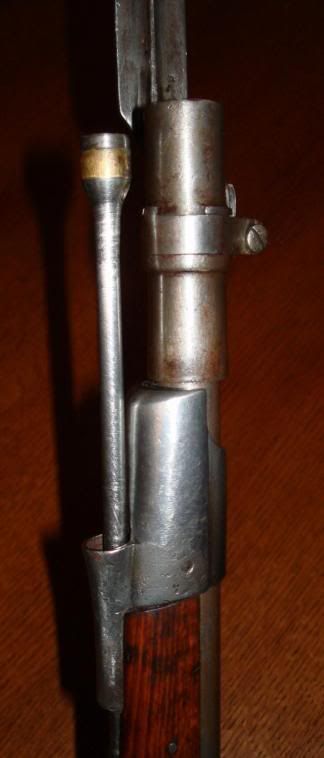Re: Wiping a Musket Bore During Battle
The only thing I know about Williams Cleaners is that when I metal detected many years ago I sure used to find alot of them, seemingly "dropped", possibly by design, not sure.
The only thing I know about Williams Cleaners is that when I metal detected many years ago I sure used to find alot of them, seemingly "dropped", possibly by design, not sure.






Comment